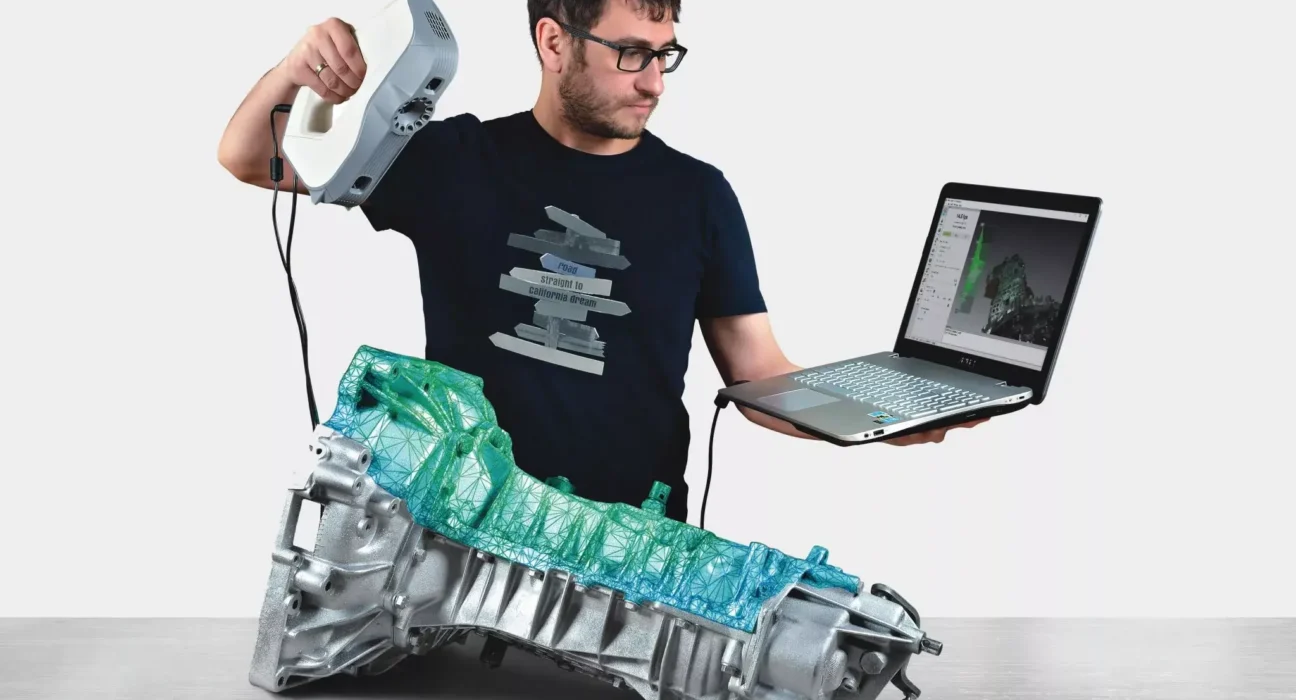Introduction to Ascalon Scans
What about a tool that would allow viewing through the materials of objects and provide information that has never been provided before? This is what Ascalon Scans does. This new scanning technology is changing how researchers approach their work across industries. Simply put, its usage ranges from medicine to archaeology and everything in between, with much more in the future.
While we delve into the complexities of Ascalon Scans, you will see what this technology does and how it alters how organized research is done. If you are a practicing scientist or interested in today’s advances, learning Ascalon Scans promises to open up more doors for exploration in your specific area of interest. Let us go as we dig deeper into this irrefutably exciting subject!
History and Development of Ascalon Scanning Technology
The origin of Ascalon scanning detection went as far back as the disrupted environment wherein imaging techniques interfered with the subjects that needed to be examined. This indicated that a more precise and less intrusive technique had to be identified.
The movement started in the early 2000s when certain pioneers applauded the integration of advanced algorithms with sensor technologies. These innovators aimed to design a system where images of an object could be taken in high resolution without contacting it.
Ascalon scanning benefited from remarkable improvements in software processing and hardware. People built bridges across disciplines and augmented the technology to achieve even greater flexibility.
Embedding machine learning into the scanning processes produced staggering efficiency leaps. The fusion enabled new applications that were previously thought to be the province of fantasy.
Today’s Ascalon scans take a much shorter time and offer quite unmatched precision, making them useful in many studies. The revolution doesn’t stop as more scientific progression in the field is directed towards gaining more research capabilities.
Advantages of Ascalon Scans in Research
Ascalon Scans are associated with various advantages that improve research processes. They make it possible to have imaging with a high level of resolution, which, in most cases, allows researchers to see features commonly ignored with average approaches. This high accuracy aids countless analyses in a variety of investigations.
A different one is speed. With Ascalon technology, the time it takes to acquire the information is shortened quite a great deal, so the researcher and their projects can work fast without making mistakes. The time saved increases efficiency and enhances quicker project delivery.
These scans are also painless. They are non-destructive, and so a researcher can examine fragile objects without increasing their grade in areas such as archaeology and medicine, where such objects have humus areas in addition to their age.
The adaptability of Ascalon Scans continues to make them attractive in every field. Whether searching biological specimens or ancient objects, this technology fits without exception, exploring new heights of discovery and creativity.
Applications of Ascalon Scans in Different Fields
Ascalon scans have a storming effect in different fields, proving their worth and breadth. Externally, in medicine, they facilitate diagnosis due to the acquisition of precise images of the interior structures, which makes it possible to detect diseases at an earlier stage of the process and make more accurate prescriptions.
Dentistry also assists quite a bit from Ascalon. Artifacts from ancient civilizations can be obtained without disturbing the soil in any way. In this manner, historical places are not only preserved but useful information about nations that were there in the past is also gathered.
Ascalon scans are used in ecology to study biological diversity and global climate change. They enable tracking the movements of wildlife over time or the coverage of vegetation over time.
There are many more, and they are expanding in all sectors, making Ascalon scans one of the most essential instruments in modern scientific work. All disciplines apply these techniques in different ways, but they aim to expand knowledge and comprehension by accurately targeting aspects of missing data.
Limitations and Challenges of Ascalon Scans
Ascalon Scans, in particular, have some drawbacks and challenges that are worth investigating. One problem is the cost of implementation. Most research organizations are likely to find it difficult to access the requisite hardware and software.
Also, the data interpretation is quite complicated. The scans yield considerable datasets that need to be interpreted by trained personnel. Those with insufficient knowledge risk misreading the data or missing essential elements altogether.
In addition, Ascalon technology has limitations in terms of resolution and depth penetration. Some materials or environmental conditions can affect the readings obtained, negatively impacting overall effectiveness.
Adoption rates for some areas of Ascalon scanning Technologies are usually delayed due to compliance processes. Many approved industry standards need to be addressed before introducing Ascalon scans.
These factors limit the chances of the rapid integration of the Ascalon technology into countless research fields.
Future Possibilities and Innovations in Ascalon Technology
The future of Ascalon technology is bright with opportunity. As the pace of development of machine learning and artificial intelligence continues, better approaches to data analysis may emerge, further simplifying research tasks.
Now, imagine Ascalon scans being used in a real-time monitoring system. Since external conditions constantly change, this would enhance the way environmental science is conducted and enable researchers to tackle many issues more engagingly.
Another exciting possibility is the miniaturization of scanning devices. More compact and mobile Ascalon scans, for example, tools, may enable the use of Ascalon scans in an inaccessible geographical area or during a field study, significantly expanding the scope of the application.
The faculty’s engagements may also bring about invention. They can integrate medicine, archeology, and engineering and create new opportunities to use Ascalon technology in these fields.
These grand visions are sure to improve systemic research productivity and open up new frontiers regarding more intricate systems in our environment.
Conclusion
Ascalon Scans signify a significant step forward in the development of research technologies. Their ability to see details and comprehensively assess several areas is changing how scholars and researchers undertake multifaceted tasks. These include determining whether unexposed structures exist in archaeological sites and whether an environmental study has been conducted. Ascalon Scans, now more than ever, are proving their worth by giving dimensions to those bits of information that were once inaccessible or hard to find.
This technology is not only about advancement but also a spirit of interdisciplinary teamwork. Medicine, environmental science, and archaeology are more or less working together through the application of Ascalon Scans. Such collaboration enriches the understanding of society’s most pressing matters.
In the future, it seems that Ascalon scanning technology will be able to achieve much more than it has to date. There is room for improvement to ensure better and increased efficacy than today. These innovations can augment further breakthroughs that can enhance the wider world, whether in healthcare technologies or safeguarding endangered historical relics.
The use of Ascalon Scans in contemporary research is indicative of a radical change that brings enhanced understanding and better practice across fields. Society’s response to the change is also encouraging because people see hope in the new developments that have great potential to change the lives of many in the years to come.






